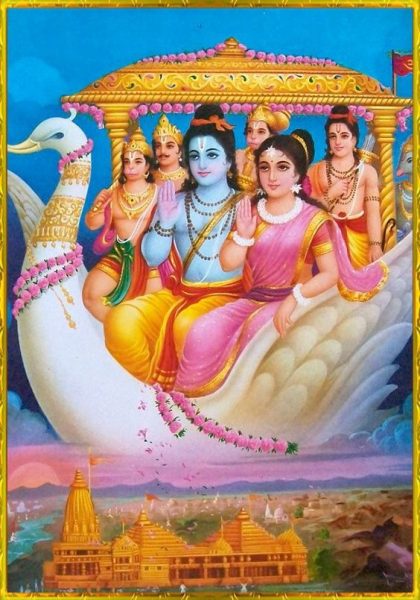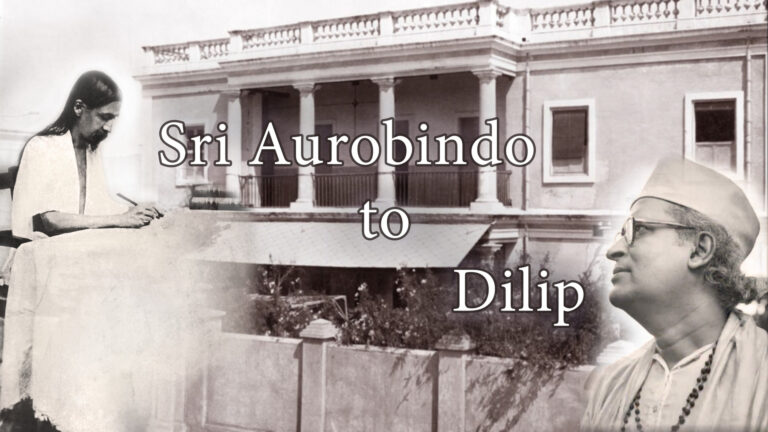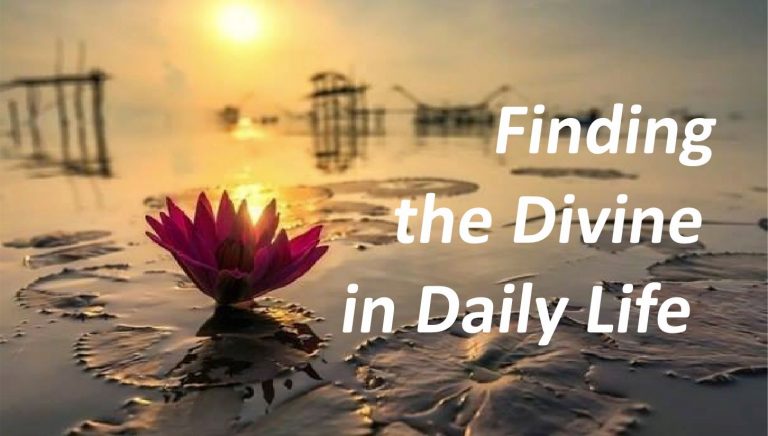 The most powerful means of transmitting and instilling the spirit of dharma can be found in the two great epics, the Ramayana and the Mahabharata. The Ramayana, at the center of which we find Lord Rama, the seventh Avatara of Vishnu, and Mata Sita, the Divine Mother in her gracious aspect of goddess Lakshmi, is essentially a story of love rather than of war.
The most powerful means of transmitting and instilling the spirit of dharma can be found in the two great epics, the Ramayana and the Mahabharata. The Ramayana, at the center of which we find Lord Rama, the seventh Avatara of Vishnu, and Mata Sita, the Divine Mother in her gracious aspect of goddess Lakshmi, is essentially a story of love rather than of war.
Of course war is an aspect of life. Even the power of love when it enters the earth must battle against all its inferior and lesser forms, ruthlessly it must excise all that stands in the way of its purity and sullies its beauty before it can find its true expression in human beings. The Ramayana is not just the story of a unique divine love between Rama and Sita but the love that the Divine has for creation. It is to rescue creation from the trampling feet of the Asura, to restore dharma and righteousness and goodness that the Avatara descends.
The Divine assumes a human body so that man can follow his divine example and make the needed effort to elevate himself to a diviner way of life. But since it is not possible to do so all at once, a big gap lies between man in his largely animal-like consciousness that often and easily enough comes under the spell of the Asura with its gigantic appetites that would swallow the whole world for its selfish purposes this evolutionary journey of man has to be graded in a step wise manner. Each step forward is a battle between the past forms and past ways of life and the immediate next future that the Avatara has come to establish.
The Ramayana is a story of one such step wherein a link is made between the animal-man and a more ethical way of life. Rama is an embodiment of the highest dharma possible at that time wherein humanity was still struggling with the pashu (animal) and the Rakshasa and Asura (titanic) in man. It is true that human march is never static and mankind has moved far ahead in its surge towards the Light and Truth. Other rungs in our evolutionary history have been added. Christ came to sow the seeds of love while Buddha showed to man the way of Compassion. Sri Krishna came to show the path of freedom and delight.
But Indian thought knowing that all these are luminous links in the great evolutionary becoming foresaw a yet to come Avatara of the future who would take up the work of all the past Avataras and carry it to its final divine consummation and intended perfection. Such an Avatar would embody at once the nobility and courage of Rama, the subtlety of wisdom and freedom even while engaged in all the works that we find in Krishna, the deep compassion of Buddha and the sacrifice of Christ. This is what the Indian though envisaged as the future type of humanity or rather a superhumanity whose early glimpses we find in the Ramayana and the Mahabharata.



About Savitri | B1C1-10 The Response of Earth (p.5)